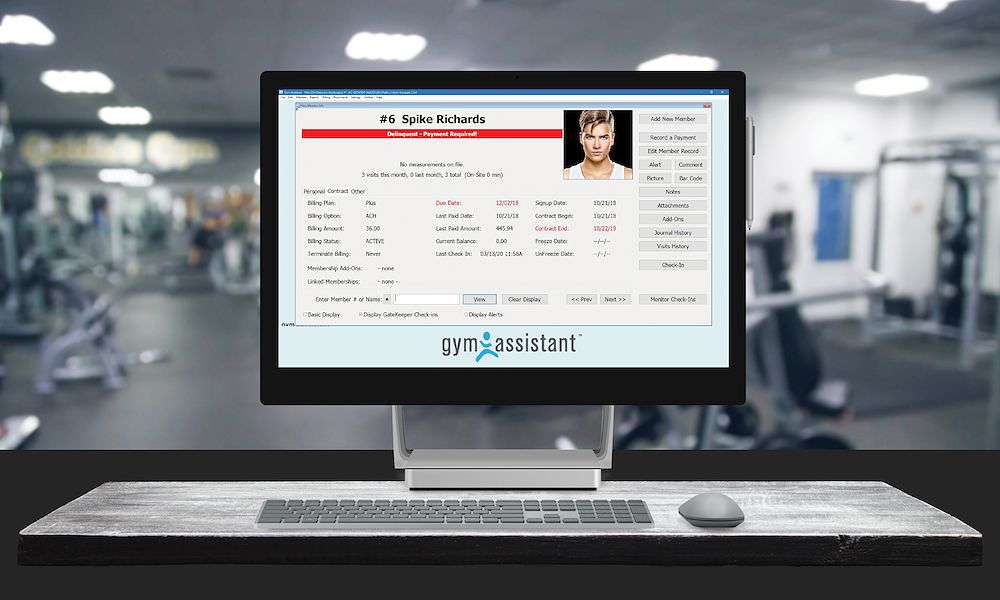How to Open a Gym in Colorado: A Comprehensive Guide
Opening a gym in Colorado can be a rewarding venture, blending passion for fitness with entrepreneurship in one of the most active and health-conscious states in the U.S. This guide will walk you through the essential steps, legal requirements, and strategic considerations to establish a successful gym in Colorado.
1. Research and Planning
Understanding the Market
Colorado is known for its active lifestyle and health-conscious population, making it a prime location for fitness businesses. However, competition can be fierce. Conduct thorough market research to understand the local fitness trends, identify your target audience, and analyze your competitors. Consider the following:
- Demographics: Who are your potential customers? Are they young professionals, families, athletes, or retirees?
- Trends: What types of fitness programs are popular? Yoga, CrossFit, functional training, or boutique fitness classes?
- Competitors: Who are the major players in the area? What do they offer, and how can you differentiate your gym?
Creating a Business Plan
A well-crafted business plan is crucial for guiding your startup process and securing funding. Your business plan should include:
- Executive Summary: A brief overview of your gym, its mission, and goals.
- Market Analysis: Insights from your market research.
- Services Offered: Detailed description of the fitness programs, equipment, and services you will provide.
- Marketing Strategy: How you plan to attract and retain members.
- Financial Projections: Startup costs, funding sources, revenue forecasts, and break-even analysis.
- Operational Plan: Day-to-day operations, staffing needs, and management structure.
2. Legal and Regulatory Requirements
Business Structure
Decide on the legal structure of your gym. Common options include:
- Sole Proprietorship: Simple and easy to set up but offers no personal liability protection.
- Partnership: Involves two or more people sharing ownership and responsibilities.
- Limited Liability Company (LLC): Offers personal liability protection and flexible management options.
- Corporation: Provides the highest level of personal liability protection but is more complex to set up and maintain.
Business Registration
Register your gym with the Colorado Secretary of State. You will need to:
- Choose a unique business name and check its availability.
- File the appropriate registration documents for your chosen business structure.
- Obtain an Employer Identification Number (EIN) from the IRS for tax purposes.
Licenses and Permits
Ensure you obtain all necessary licenses and permits to operate legally:
- Business License: Required by most local governments.
- Zoning Permits: Verify that your gym location complies with local zoning laws.
- Health and Safety Inspections: Your facility must meet health and safety standards.
- Music Licenses: If you plan to play music, obtain licenses from performing rights organizations like ASCAP or BMI.
3. Securing a Location
Site Selection
Choosing the right location is critical. Consider factors such as:
- Accessibility: Is the gym easily accessible by car, bike, and public transportation?
- Visibility: A location with high foot traffic can attract walk-in customers.
- Space Requirements: Ensure the space is adequate for your equipment, classes, and amenities.
Leasing or Buying
Decide whether to lease or buy the property. Leasing can be less capital-intensive initially, while buying provides long-term stability and potential investment returns. Consult with a commercial real estate agent to navigate this process.
4. Designing the Facility
Layout and Design
The layout and design of your gym should enhance the member experience and optimize the use of space. Key areas to consider include:
- Reception Area: A welcoming and functional front desk area with computer and gym software.
- Workout Zones: Separate areas for cardio, strength training, functional fitness, and group classes.
- Locker Rooms: Clean and spacious locker rooms with showers and amenities.
- Additional Facilities: Consider adding a juice bar, retail space, or lounge area for added value.
Equipment Selection
Invest in high-quality fitness equipment that caters to your target audience. Consider a mix of:
- Cardio Machines: Treadmills, ellipticals, stationary bikes, and rowing machines.
- Strength Training Equipment: Free weights, weight machines, and resistance bands.
- Functional Fitness Gear: Kettlebells, medicine balls, battle ropes, and suspension trainers.
5. Staffing and Training
Hiring Staff
Your staff will play a crucial role in the success of your gym. Hire experienced and certified professionals, including:
- Personal Trainers: Ensure they hold certifications from recognized organizations such as NASM, ACE, or ACSM.
- Group Fitness Instructors: Look for instructors with expertise in the classes you plan to offer.
- Front Desk Staff: Friendly and efficient personnel to handle memberships, inquiries, and customer service.
Training and Development
Invest in ongoing training and development for your staff to ensure they stay updated with the latest fitness trends and techniques. This will enhance the quality of service and retain members.
6. Marketing and Membership Sales
Building Your Brand
Create a strong brand identity that resonates with your target audience. This includes your gym’s name, logo, and overall aesthetic. Consistency in branding across all platforms is key.
Marketing Strategies
Implement a multi-faceted marketing strategy to attract and retain members:
- Online Presence: Develop a user-friendly website with detailed information about your services, class schedules, and membership options. Optimize it for search engines (SEO).
- Social Media: Utilize platforms like Instagram, Facebook, and TikTok to showcase your gym, share success stories, and engage with your community.
- Local Advertising: Advertise in local newspapers, radio stations, and community boards.
- Promotions and Events: Offer introductory promotions, referral programs, and host events to generate interest.
Membership Sales
Develop a compelling membership sales strategy:
- Membership Tiers: Offer various membership options, such as monthly, annual, and family plans.
- Trial Periods: Provide free or discounted trial periods to attract new members.
- Retention Programs: Implement loyalty programs and regularly gather feedback to improve member satisfaction.
7. Financial Management
Funding Your Gym
Securing adequate funding is crucial. Explore various financing options, including:
- Personal Savings: Using personal funds or investments.
- Bank Loans: Applying for a small business loan from a bank or credit union.
- Investors: Attracting private investors or venture capital.
- Grants and Incentives: Researching grants and incentives available for small businesses in Colorado.
Budgeting and Financial Planning
Create a detailed budget that includes:
- Startup Costs: Equipment, renovations, permits, and initial marketing.
- Operating Costs: Rent, utilities, salaries, insurance, and maintenance.
- Revenue Projections: Estimate monthly revenue from memberships, personal training, and other services.
Financial Management Tools
Utilize financial management tools and software to track expenses, manage payroll, and monitor financial performance. Consider hiring an accountant or financial advisor to ensure accurate bookkeeping and compliance with tax regulations.
8. Compliance and Insurance
Health and Safety Compliance
Ensure your gym complies with all health and safety regulations. Regularly inspect equipment and facilities to maintain a safe environment for members.
Insurance Coverage
Obtain comprehensive insurance coverage to protect your business, including:
- General Liability Insurance: Covers injuries and accidents.
- Property Insurance: Protects against damage or loss of property.
- Workers’ Compensation Insurance: Required if you have employees.

9. Grand Opening and Beyond
Grand Opening Event
Plan a grand opening event to attract attention and generate excitement. Offer special promotions, free classes, and giveaways. Invite local media and influencers to maximize exposure.
Ongoing Management and Growth
Continuously monitor and evaluate your gym’s performance. Gather feedback from members, track key metrics, and adjust your strategies as needed. Stay updated with fitness industry trends and innovate to keep your offerings fresh and appealing.
Opening a gym in Colorado is a significant undertaking that requires careful planning, dedication, and a deep understanding of the fitness industry. By following this comprehensive guide, you can navigate the complexities of starting your own gym and create a thriving business that contributes to the health and well-being of your community. Remember, success in the fitness industry is not just about providing a place to work out—it’s about fostering a supportive community and helping individuals achieve their fitness goals.
At Gym Assistant we specialise in membership management software that is really easy to use – visit https://www.gymassistant.com/ for more!




